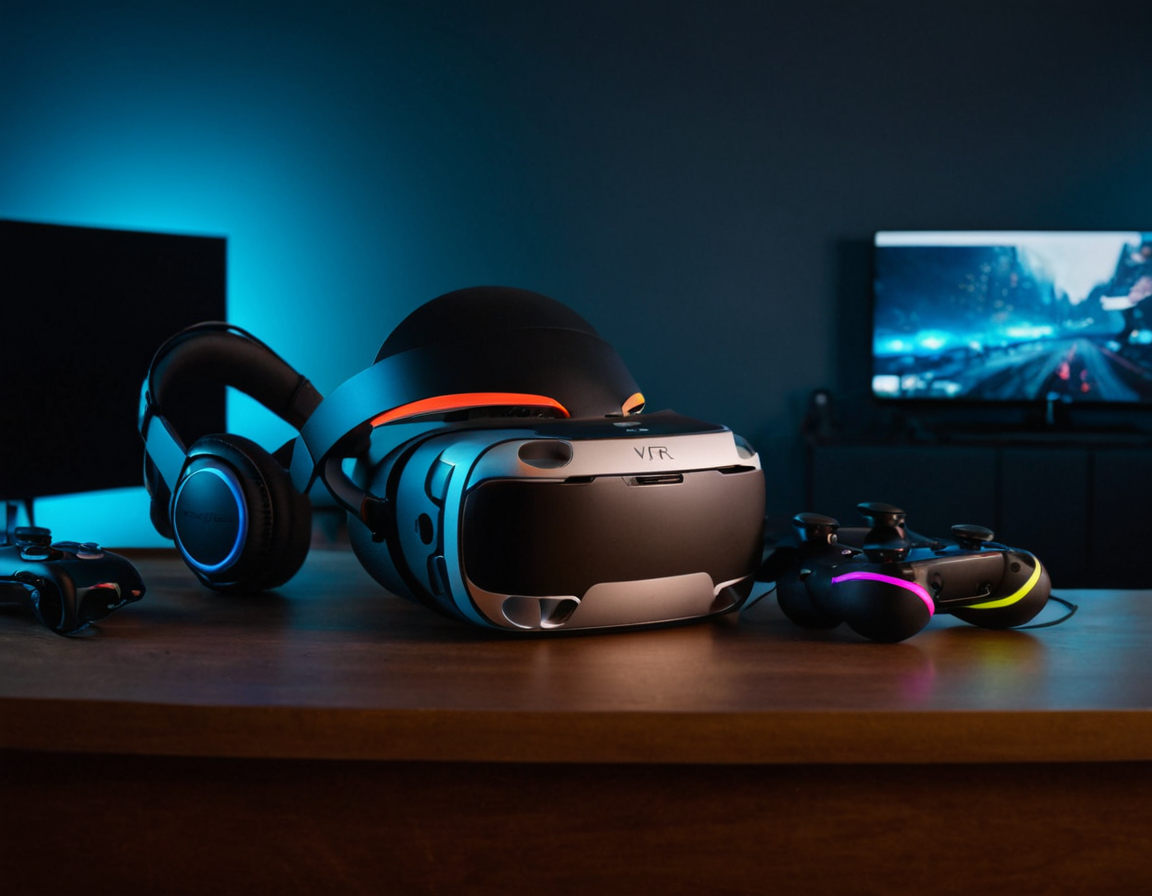VR Hardware & Software Guide

Creating Immersive Virtual Reality Experiences: A Guide for Content Creators
Introduction
The world of virtual reality (VR) has come a long way since its inception, transforming the way we experience entertainment, education, and even therapy. As a content creator, understanding the hardware and software requirements to create immersive VR experiences is crucial. In this article, we’ll delve into the must-have equipment and tools to help you craft engaging, interactive narratives that transport your audience to new dimensions.
The Must-Have Hardware for VR Content Creation
Before we dive into the software, it’s essential to discuss the hardware necessary for creating high-quality VR experiences. This includes:
- Head-Mounted Displays (HMDs): These are the brainchild of VR technology. HMDs provide an immersive environment by blocking out external distractions and allowing users to focus on the virtual world. Popular options include the Oculus Quest, HTC Vive Pro, and PlayStation VR.
- Controllers: Handheld controllers enable users to interact with virtual objects in 3D space. They’re typically connected to the HMD via a wireless link or USB cable. Popular choices include the Oculus Touch and Valve Index Controllers.
- PC Hardware: For PC-based VR, you’ll need a powerful machine capable of rendering high-resolution graphics and handling demanding software. This includes a strong CPU, ample RAM, and a high-end GPU.
The Software Requirements for Immersive Experiences
While hardware is essential, the right software can elevate your content from mediocre to exceptional. Key tools include:
- Game Engines: Popular game engines like Unity and Unreal Engine offer robust features for creating complex VR experiences. They provide tools for modeling, texturing, lighting, and physics.
- VR Software Development Kits (SDKs): SDKs like the Oculus SDK and A-Frame provide the necessary building blocks for developing VR content. These kits often include pre-built components, such as controllers and HMD support.
- Content Creation Tools: Specialized tools like Blender and Maya allow artists to create 3D models, textures, and animations that can be used in VR projects.
Practical Examples of Immersive Storytelling
Let’s take a look at some real-world examples of how these hardware and software components are being used:
- Artistic Expression: Artists are using VR to create immersive installations that push the boundaries of traditional art forms. By leveraging software like Blender and Maya, they can craft intricate 3D environments that invite viewers to step into their world.
- Therapeutic Applications: Researchers are exploring the therapeutic potential of VR by creating calming environments and interactive experiences that help patients overcome phobias or anxieties.
Conclusion
Creating immersive virtual reality experiences requires a deep understanding of both hardware and software. By investing in the right equipment and leveraging powerful tools, content creators can build engaging narratives that transport their audience to new dimensions. As VR continues to evolve, it’s essential to stay up-to-date with the latest developments and push the boundaries of what’s possible.
Call to Action
As you embark on your VR journey, remember that the true power of this technology lies in its ability to inspire, educate, and transform. What kind of immersive experiences will you create? Will you use VR to bring people together or to challenge societal norms? The possibilities are endless, and it’s up to us to shape the future of this exciting medium.
Final Thoughts
The world of virtual reality is a rapidly evolving landscape, full of opportunities and challenges. By focusing on creating high-quality, engaging experiences, we can harness the power of VR to make a positive impact on our lives and the world around us.
Tags
vr-content-creation immersive-vrmachines vr-equipment interactive-narratives virtual-reality-guides
About Sarah Davis
Photography enthusiast & expert Sarah Davis helps creative photographers refine their craft through inspiring tutorials, innovative tools, and actionable tips on lentecreativa.com.
